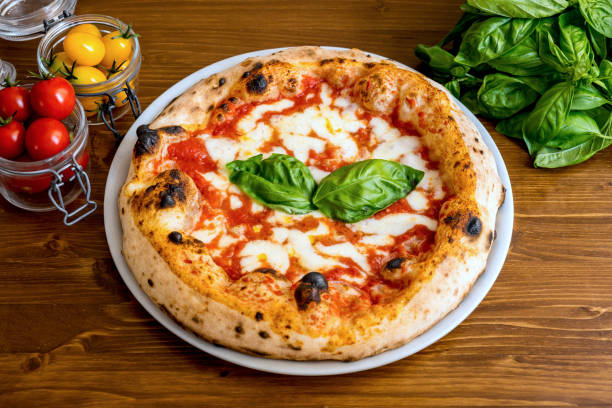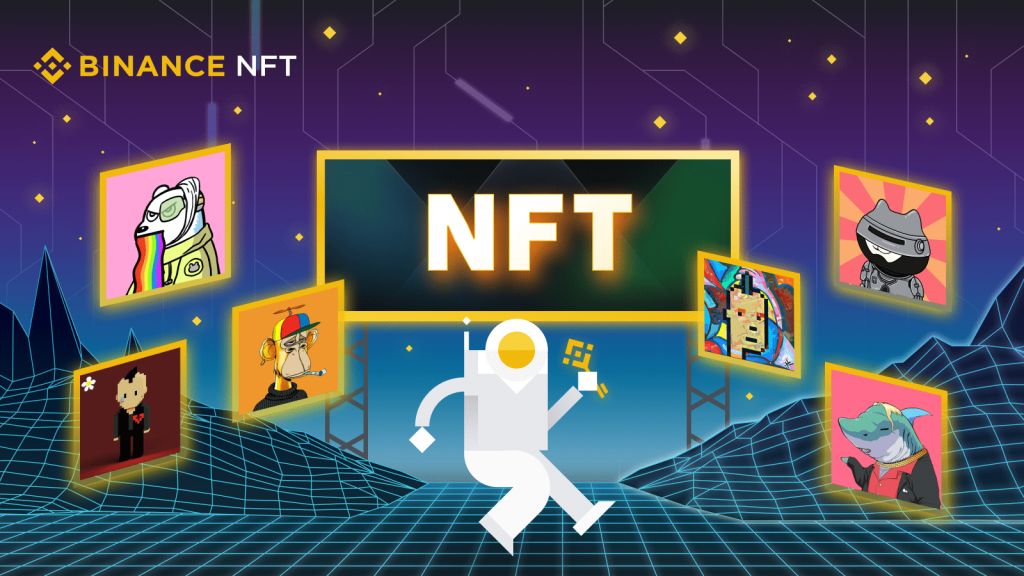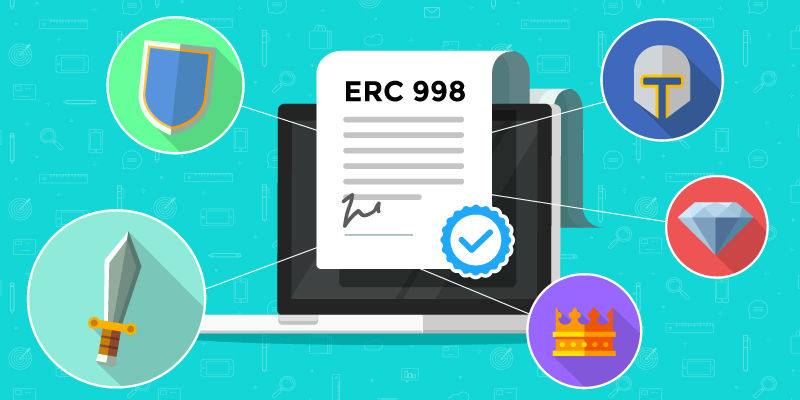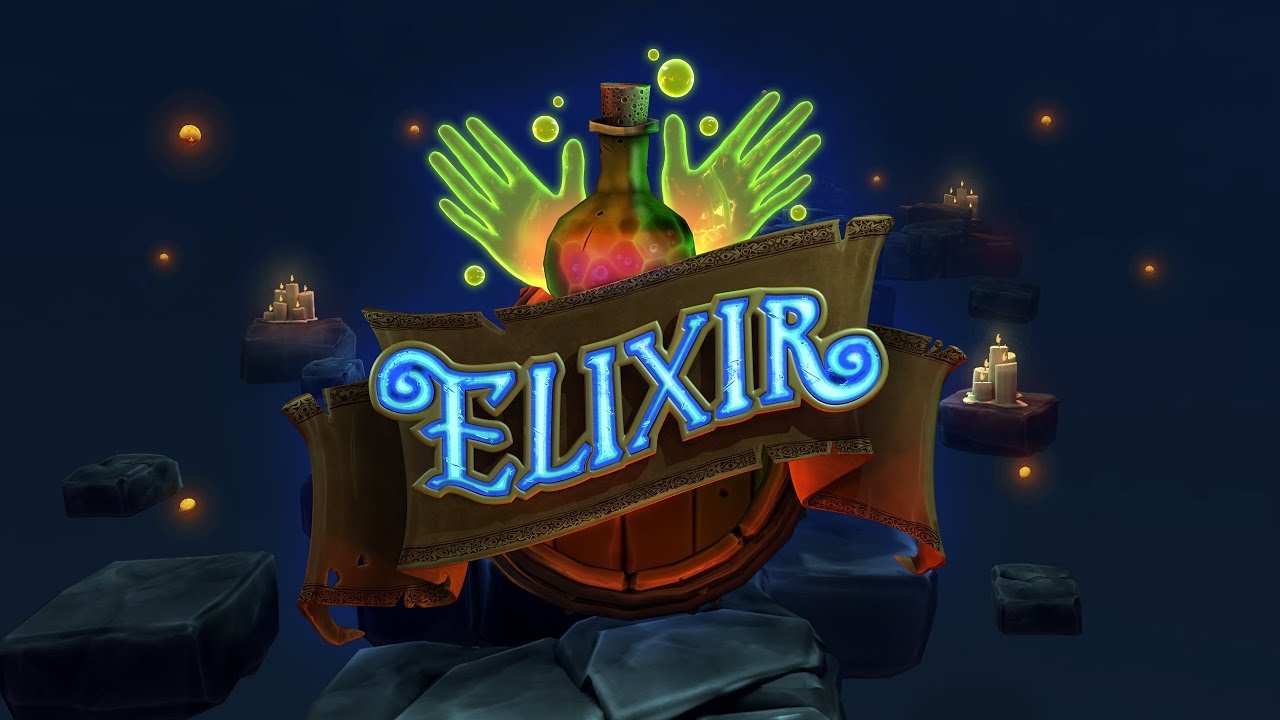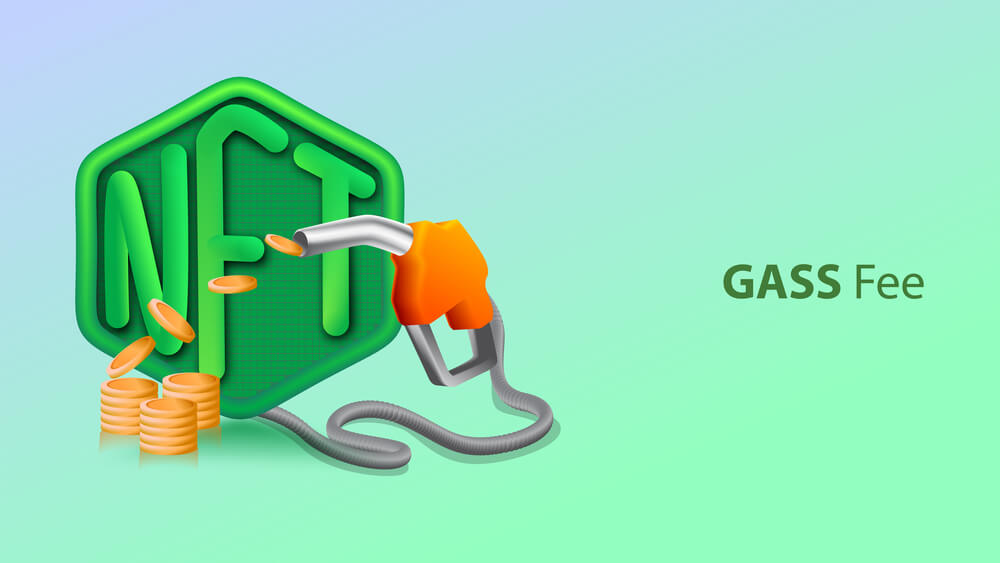The thriving global food & beverage NFT market is expected to record extensive growth in the coming years. This sector is expected to grow into a $2.1 billion industry by 2032 according to a report. The massive growth trajectory is mainly supported by the adoption of blockchain technology and the intensive demand for traceability and transparency within the food sector.
Restaurants and food companies are also leveraging distinct ownership opportunities, utilizing the potential of nonfungible tokens in video games and virtual reality, and using the tokens in marketing promotions and various advertising campaigns.
NFT Use Cases In The Food & Beverage Industry
Nonfungible tokens (NFTs) are digital assets that are unique and verified via a blockchain network. The decentralized digital ledger records transactions securely and transparently. The value of an NFT can change massively depending on the rarity and popularity of the underlying item. In some cases, NFTs have managed to fetch millions of dollars at sale.
Nevertheless, the increasing demand for traceability and transparency in the food sector seems to be powering the NFT market in that industry. Retailers, consumers, and regulators are majorly invested in the ability to track and authenticate the quality, origin, and safety of food products.
The alcoholic sector is recording an increase in NFT offerings. An interesting idea that is gaining momentum is the digitization of physical bottles, laying the foundation for assured authenticity and the collection of benefits linked with owning NFTs.
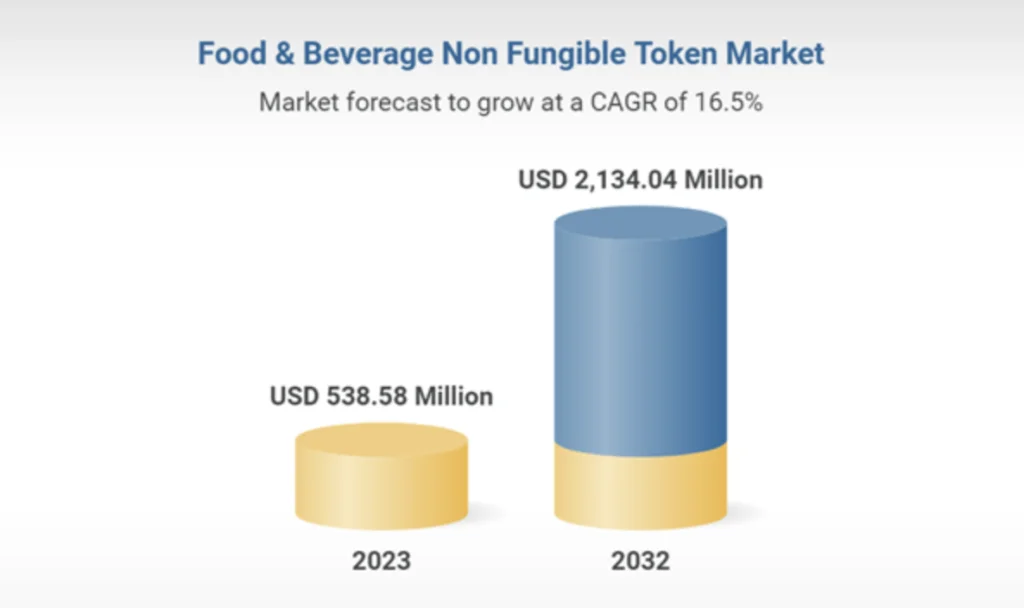
Another sector that is making notable waves in the market is Papa John’s International, Inc. The pizza take-out chain recently published a series of NFT ‘Hot Bags’ showcasing a collection of handbag designs to campaign for and promote their new merchandise line called Papa John’s X Cheddar.
Opportunities And Challenges For NFT Adoption
Despite all these promising prospects, multiple limiting factors impact the growth and adoption of nonfungible tokens within the food & beverage market, based on the report. They include restricted market adoption, high costs and needed technical expertise, regulatory hiccups, and the need for more standardization. Creating and managing nonfungible tokens needs specialized knowledge and resources, possibly presenting a notable barrier to the smaller food & beverage producers.
Nevertheless, these bumps along the way have helped growth. The food segment of the NFT industry is expected to dominate in the forecast period, powered by the possible application of nonfungible tokens for traceability and safety within the Food & Beverage sector. Another major use of NFTs in the sector is in branding and marketing.
In 2022, the ‘Dining’ Sector dominated the entire market because of several major factors. These factors included private chef services, exclusive restaurants, and food tours, which gave proof of ownership or access to the experiences. Collectors were also majorly attracted to this sector since it offered a distinct way to own some of the dining experience.
Furthermore, there is a growing trend where virtual dining experiences are being expertly created. Users can acquire an NFT that offers them access to a virtual reality dining experience or a live-streaming cooking class.
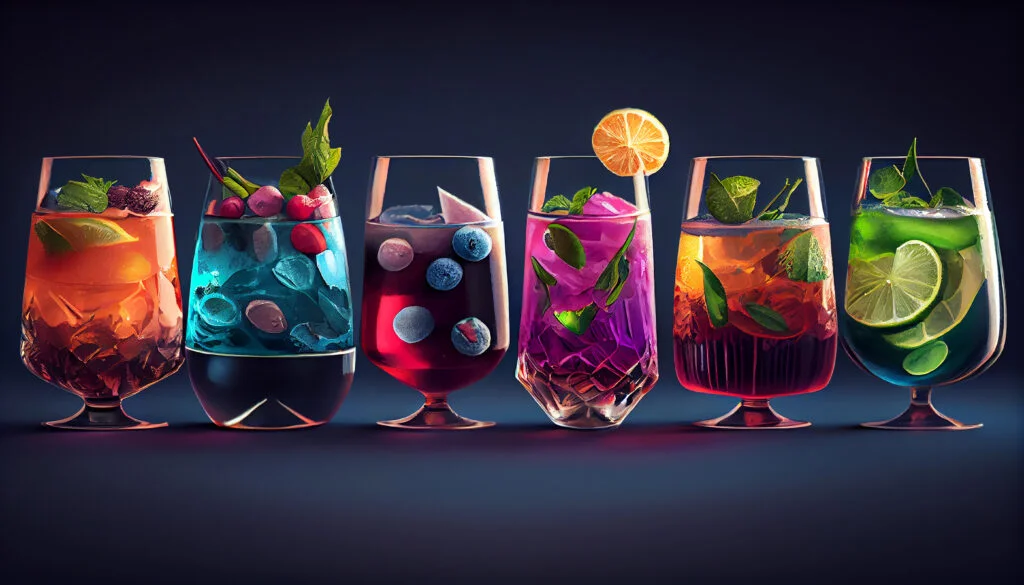
On that note, North America is expected to lead this market with regard to revenue share. One of the major reasons behind this scenario is the growing use of blockchain technology and the increasing requirement for food products that can be readily tracked in the area.
The food and beverage sector’s NFT market provides an interesting opportunity for investors and businesses to explore new ways of monetizing and marketing their products while benefiting from the growing interest in crypto and blockchain.
Final Thoughts
As we head deeper into the exciting digital future, the food and beverage sector’s adoption of NFTs offers lots of transformative potential. The distinct blend of boosted traceability, transparency, and consumer engagement powered by NFTs revolutionizes the entire industry.
Despite all these challenges, ranging from regulatory hurdles to limited market Adoption, the future of NFTs in food and beverage seems bright. With North America currently leading the way and distinct industries such as dining making waves, the market seems ripe with opportunities.
The adoption of NFTs is not just hype but a strategic pivot towards optimizing the sector in the wake of a rapidly digitizing world.

